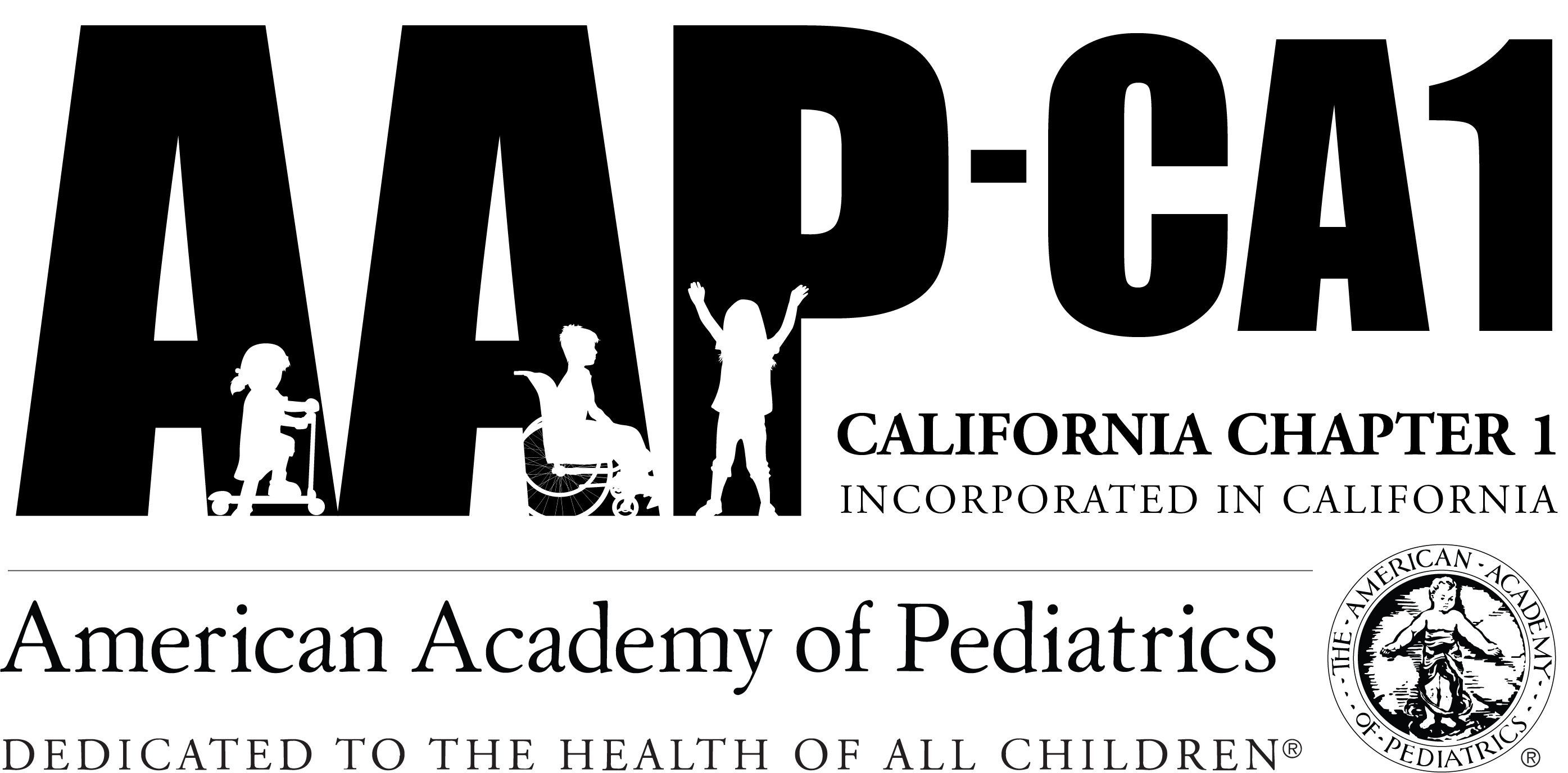What’s Up Docs? Article
Renee C. Wachtel, MD, FAAP
Posted June 10, 2024

Pediatricians are rightly concerned about the wait times for Autism Spectrum Disorder (ASD) Diagnostic Assessment for young children. Since the AAP Bright Futures recommends ASD specific screening at 18 and 24 months, pediatricians are aware that 1 in 36 children in their practice will have ASD. Yet when they refer the child and family for an ASD Diagnostic Assessment, they are often confronted with long wait times, which can be many months or even a year at a critical time in child brain development. Parents are frustrated, as are pediatricians. What can they do?
One thing they can do is refer to the Regional Center in their area, which is required by law to do an evaluation for free within 45 calendar days to determine whether the child has developmental delays that would qualify them for early intervention services. BUT, often the Regional Center Program for children 0-3 years old will document the delays, but refer them back to their pediatrician for an ASD assessment through their health insurance. They may qualify to received early intervention services during the interim, such as speech language therapy, but not ASD specific therapy without a diagnosis of ASD. And the wait time for the ASD assessment can be months, or longer. What can we do about this? What are others doing about this problem?
An article by McNally Keehn et al ( Pediatrics 2023, Aug 1; 152(2) e2023061188) provides a potential answer. In this study conducted in Indiana, the diagnostic accuracy of primary care clinicians was evaluated after an Early Autism Evaluation (EAE) Hub was established. The EAE Hub consisted of a statewide network of primary care clinicians who were trained to provide streamlined diagnostic evaluations for you children ages 14 to 38 months at risk for ASD. The training consisted of didactics in ASD evaluation, a clinical practicum with coaching, and a virtual monthly longitudinal learning collaborative. A prospective study compared the ASD diagnosis between the primary care clinicians and a blinded expert evaluation in 126 children. They found that there was diagnostic consistency in 82% of cases. As noted in the title of the editorial about the study by Hyman and Kroening in the same issue “ Diagnosing Autism Spectrum Disorders in Primary Care: When You Know, You Know”.
A similar system has been established in Canada, as reported by Penner et al (JAMA Network Open 2023; 6(1): e2252879). There 106 children under 5.5 years were evaluated by trained pediatricians and a multidisciplinary team. The positive predictive value of the pediatrician assessments was 0.89, and the negative predictive value was 0.60.
Vanderbilt University published a earlier effort in 2014 (Swanson et al, Autism 2014 Jul; 18(5), 555-561) with training 27 pediatric providers and found substantial agreement (86-93%) between the pediatricians and a comprehensive blinded diagnostic evaluation.
Perhaps it is time for the pediatricians in CA to consider this option to facilitate an ASD diagnosis for our patients. If this topic is of interest to you, please attend our next virtual meeting of the CAC1 Committee on Development and Behavior on February 28.
